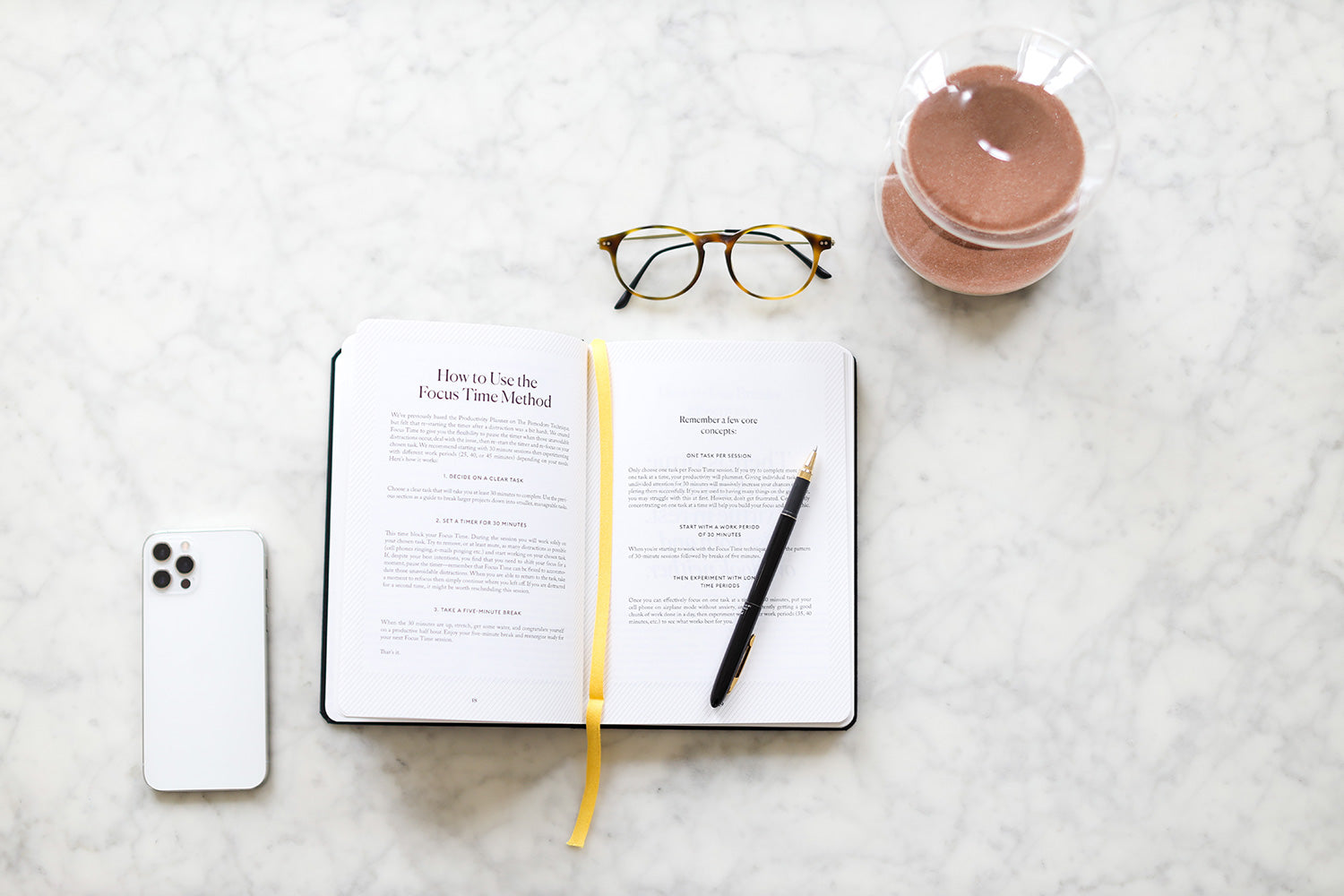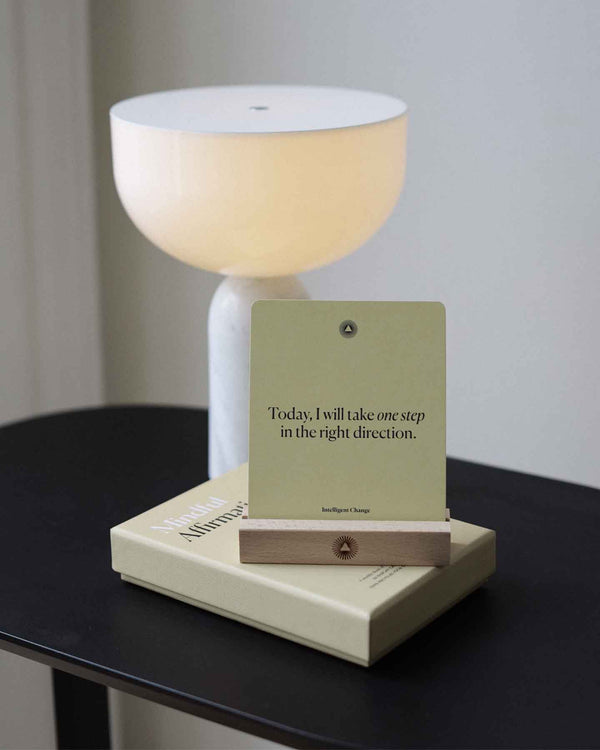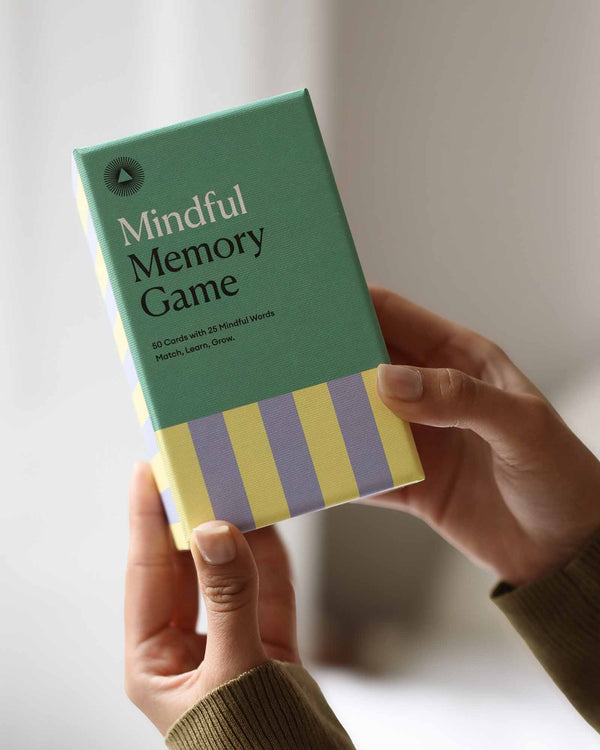What is The Focus Time Technique and How to Make It Work for You
by Intelligent Change
Do you want to become more productive? Are you looking for a strategy to skyrocket your output while saving an immense amount of energy?
Modern-day business is a synonym for high productivity: high-quality output, at the fastest possible pace. This can often become overwhelming and lead to burnout if you don’t have an effective time management technique.
If you’d like to implement innovation and creativity into your working schedule, look no further. The Focus Time technique might be perfect for you.
What Is the Focus Time Technique?
The Focus Time technique is one of the simplest time-management methods that could change your life completely.
Do you remember your student days and those times when you tried to learn the course material from the whole semester in three nights and how hard it was to sit at the desk for hours?
You’re good the first hour or two, but as time goes by, you eventually lose your energy and get more and more distracted. How many times did you wish there was a way that would allow you to just pour all that knowledge in your head, or at least a more productive strategy that would help you remain awake and focused for hours?
Perhaps a couple of years too late to save you from the misery of your college years, the Focus Time technique can now help you improve your productivity at work (or studying, if you’re still there).
Long, uninterrupted working sessions are exhausting, often boring, and quickly become unproductive. But instead, the Focus Time technique requires you to work in several, clearly defined, short intervals.
What does this look like?
Take a timer or a stopwatch. Set it up for 30 minutes. That’s the length of a single working session. Start working. When the alarm goes off, set it for another 5 minutes: break time. After the break, set your timer for another 30 minutes and work. When it goes off, set it for another break. These are called Focus Time sessions. Once you complete five of these, it’s time to treat yourself to a longer, 30-minute break.
This way you’ll preserve your focus and energy throughout the day and be more productive overall. Your brain and body can recharge during the 5-minute breaks, and although short, they actually improve your endurance, so you can go on working much longer than usual.
What’s behind the success of this technique is the sense of urgency. When you know you have only 30 minutes to complete a task, you immediately focus on it, instead of deceiving yourself that there’s a whole day ahead of you. It’s like you’re working with the time you have, and not against it. That makes for a major narrative change towards a more sustainable way of working.
Focus Time Technique Steps
So, to shortly sum up, here’s what the Focus Time technique looks like in practice.
- Define your daily tasks.
- Split tasks into steps.
- Assign each step to one Focus Time working session.
- Set the timer to 30 minutes.
- Work on the task until you hear the ring.
- Take a 5-minute break.
- First Focus Time session: check!
- Take a longer break every four or five Focus Time sessions.
- Repeat!
How to Implement the Focus Time Technique Into Your Life?
Well, first of all, think of getting yourself a timer.
It can be the default timer on your phone, an hourglass or any timer app that works for you.
Regardless of whether you’re the type of person who likes productivity hacks or not, the Focus Time technique is a guaranteed way to kick productivity up a notch.
However, working in short intervals may seem unnatural at first; but try sticking to the format. After all, you are building a new habit, which can be very difficult and requires consistency and commitment.
According to science, the best way for building habits that stick is:
- To have a trigger/reminder to do something;
- Take the action;
- Reward yourself and think positive thoughts as you finish this particular action.
Does this sound familiar?
The Focus Time technique is this magical trio: first, the timer triggers you to start working. Then, you actually work.
So, is there anything else you need besides the timer?
Yes. The Productivity Planner.
Why Is the Productivity Planner Essential for Implementing the Focus Time Technique?
As you may have noticed, the Focus Time technique itself is very simple to implement. What may be challenging is properly dividing your tasks into steps, organizing them through days and weeks, and reflecting on the quality of your work and organization.
Enter The Productivity Planner.
This simple and elegant notebook can change the way you organize your tasks forever. It’s based on all the simplest-yet-best techniques for proper time management. The Focus Time technique is one of them, of course.
How Does Using the Productivity Planner Work?

First, you need to plan out your week.
Monday: finishing the writing project for client A.
Tuesday: editing texts for client A.
Wednesday: making revisions for client A according to their feedback.
And so on. You get the point.
Then, you plan out each day.
This is not as easy as weekly planning. Another super-successful technique that The Productivity Planner utilizes is the MIT technique. MIT stands for the Most Important Task of the day. That’s one critical task that will bring the most significant results to your day. The one on the tightest deadline, or the one of the greatest importance for the goal you’re trying to achieve.
Picking this task out of many other tasks you have on your plate is called prioritizing. If you’d like to learn more about prioritizing, check out this article on our blog.
Now back to the MIT technique.
Successfully picking your MIT is one of the crucial steps for improving your productivity and implementing the Focus Time technique properly. This means that you will dedicate most of your energy to completing this task. Everything else can be bundled into secondary and additional tasks.
When you start working on your Focus Time working sessions, every time you complete one, you just take a pen and color one of the four circles. That’s how you boost your motivation to keep going.
At the end of each day and week, there’s a short reflection section you should fill out. What did you do well? What could be done better? How productive were you on a scale from 1 to 10?
With all this combined, you’ll nail that Focus Time technique implementation in no time!
Learn more about managing your days effectively with The Productivity Planner on our blog!
Use Your Breaks Wisely
When you found out that the Focus Time technique requires you to take breaks, what was your first thought?
“Woo-hoo, I get to scroll my Instagram feed for five minutes!” or “Great, I get five minutes to sip a healthy smoothie/do squats/rest my eyes watching outside the window/water my indoor plants/sit in silence”?
How you use your breaks is very important. Scrolling social media or watching viral videos on YouTube will make you more tired and less willing to continue working. That’s why we’ll give you some tips on how to use your breaks wisely:
Exercise a Bit
It seems crazy to exercise for five minutes? Well, it’s not. Twenty squats. Twenty push-ups. Employ this short work-out session, for example. You’ll be surprised by what you can achieve in five minutes.
Not to mention longer breaks. You can use them for a meaningful and thought-provoking stroll around the neighborhood.
Sip a Smoothie
Find the perfect concentration and memory-boosting smoothie recipes that you'll enjoy. Have a healthy smoothie ready in your fridge and give your brain a vitamin boost!
Meditate
Meditation is one of the best ways to use your short breaks. Meditating keeps us mindful, present in the current moment, improves our focus, gives us energy, and reduces stress and anxiety. Check out this short mindful meditation you can practice at work.
Have a Healthy Lunch
After you complete four 30-minute sessions (by using the timers we mentioned before), you’re free to go to lunch. Half an hour is enough to either order and eat a healthy lunch at a restaurant, or prepare a quick and nutritional lunch from your home office.
Read a Chapter of a Book
This is more suitable for the long break. Just because you’re working, who says you’re not allowed to chill and have fun during a break? Put a chair on the balcony, sit on a park bench, or elsewhere that’s cozy, and wander off into the world of literature. Reading can be extremely beneficial for your memory and focus.
Fill out Your Five Minute Journal
The Five Minute Journal is a perfect fit for a 5-minute break.
Use your short breaks to boost your mind with some positivity. Think of a few things you’re grateful for today. Perhaps your new time-management technique that’s making you so productive?
Also, check out our ultimate gratitude journal guide and how Tim Ferris uses The Five Minute Journal to get inspired!
Practice Positive Affirmations
Keep that mindset positive and remind yourself how amazing, productive, capable, and loveable you are.
Find out more about positive affirmations in this article on our blog.
Do a Chore
If you’re working from home, use your 5-minute breaks to finish some easy chores: wash a few dishes, vacuum the carpet, dust, take out the trash, etc. That way, you’ll have more free time after working hours.
What Makes the Focus Time Technique so Great?

Here’s a short reflection on what makes the Focus Time technique so great.
It’s Very Easy to Start
Although we could write a complex Ph.D. dissertation about it, one of the best things about the Focus Time technique is that it’s so easy to implement. It costs nothing and it’s not complicated to get started with.
That’s why it’s good for people who struggle with procrastination. Procrastination can be caused by a myriad of reasons: distractibility, impulsivity, lack of perseverance, fear of failure, low self-control, lack of energy, or lack of motivation. The Focus Time technique’s simplicity addresses all of these issues: it feeds your motivation through rewards and helps you break the avoidance cycle by forcing you to start with the smallest steps possible - one Focus
Time session at a time.
The Productivity Planner, as a tool for implementing the Focus Time technique in your life, is also helpful with this: you’re not left to figure out things on your own. The Productivity Planner gears you to do it properly.
Say Goodbye to Distractions
Research shows that one of the top distractors in the office are smartphones. If someone would ask you whether you can keep your hands off your phone for 4, 6, or 8 hours and work uninterruptedly, you saying “no” is a given.
However, if someone asked you whether you can abstain from your phone for 25 minutes, we assume the answer would be “of course!”
Everyone can commit to 25 minutes of uninterrupted work, and that’s what makes the Focus Time technique so amazing. Anyone can beat distractions by using it.
Time Awareness
When you try working in long sessions, how often do you find yourself wondering: “where did the time go?!”
It’s so easy to lose track of what you’ve been doing when there’s a long way ahead of you.
It’s similar to running: many long-distance runners say they lose track of time and distance after passing a certain number of kilometers. Now, this works well for them because they can sometimes go further than they expected, but leaving yourself on autopilot like this is not the most productive thing you can do when you want to achieve results.
The Focus Time technique is very straightforward regarding your time. It leaves you nowhere to “go”:
30 minutes + 5 minutes= 1 Focus Time session.
It’s very simple, and the reminders won’t let you go wandering off during your breaks.
No Multitasking
One of the most common misbeliefs regarding productivity is that multitasking helps. Many people believe that doing more than one thing at a time will help them do more stuff during the day. Well, at first, it might. However, most of us realize very soon that the reality is much different: multitasking is super-stressful, and it’s the “quantity vs quality” dilemma. You just can’t do all the things right.
With the Focus Time technique, multitasking is off the table. 1 task = 1 Focus Time session.
Summing It Up
Still here?
Remember, small steps are crucial. Reading this article was the first step, and now it’s time for some Focus Time action.
If you need more help defining your goals and enhancing your productivity, we have some additional helpful articles on our blog:










